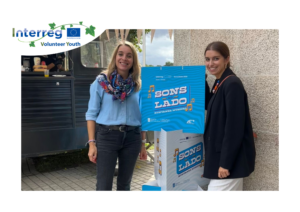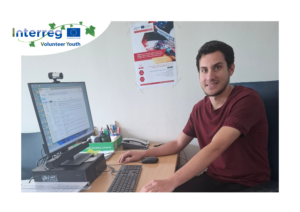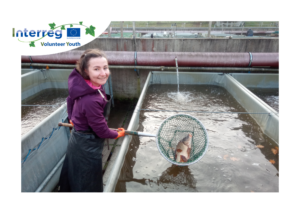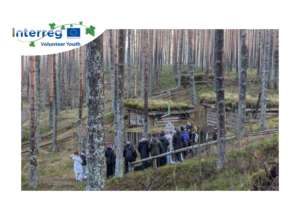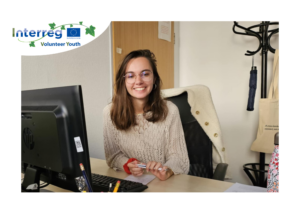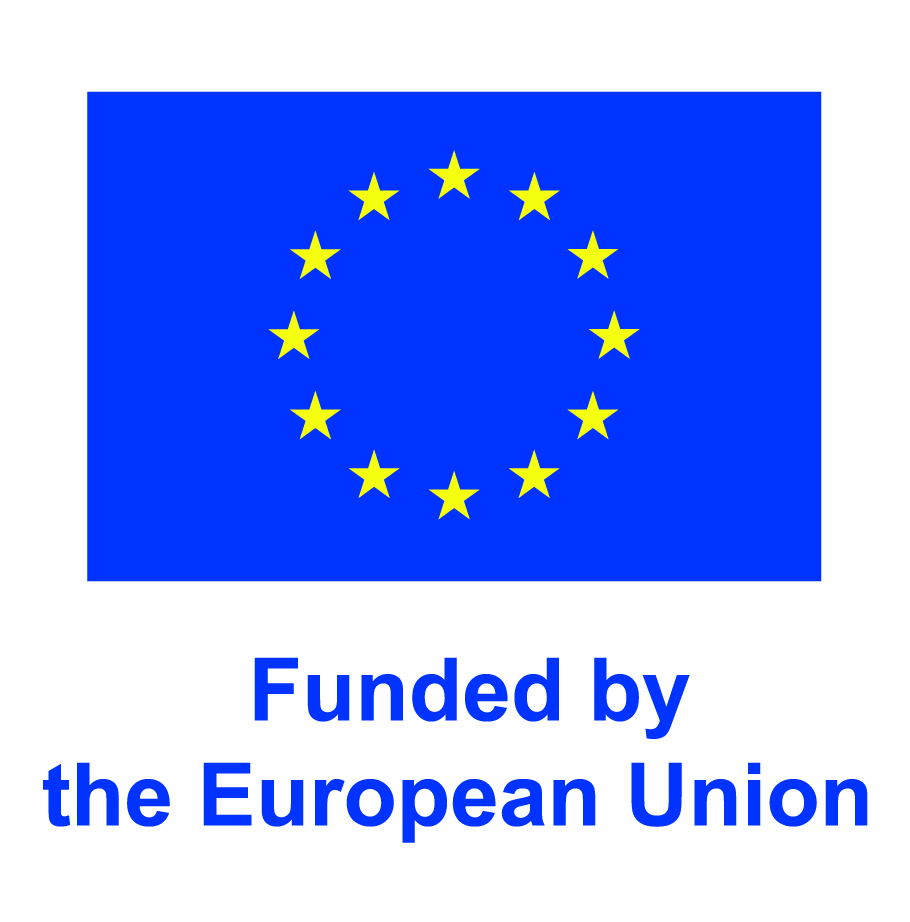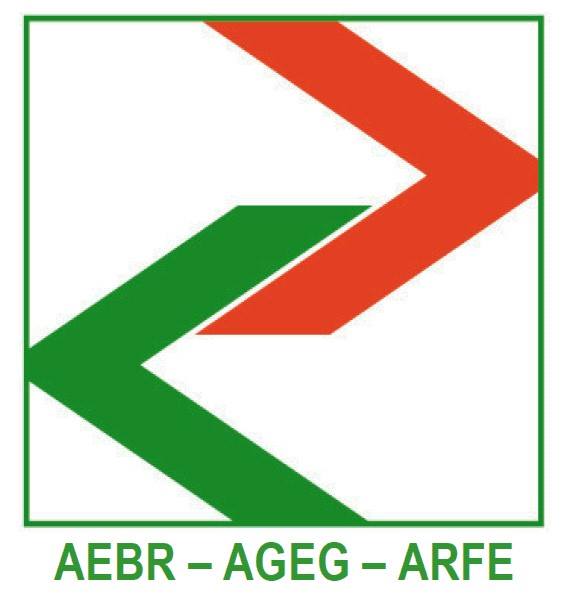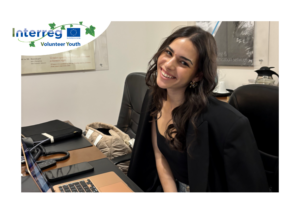
My experience as an IVY volunteer for“Community4Innovation”
Distinguished colleagues! I am Koralia Maria, I am from Greece and I am volunteering from Athens for the Interreg Euro-MED “Community for Innovation” project. For the past three months I have been an IVY project Partner at Dynamic Vision P.C. where I was cordially welcomed. There is so much I am eager to share with other volunteers. The “Community for Innovation” is a key thematic initiative of the Interreg Euro-MED program, aiming to strengthen cooperation and promote the dissemination of innovative practices across the Mediterranean. This community, operating as a Community of Practice (CoP), brings together 14 thematic projects and 2 governance projects, involving 155 partners from 18 countries. Its core mission is to promote the exchange of knowledge, experiences, and best practices, enabling the co-development of policies and tools that support sustainable economic development in the region. My host organization is committed in promoting as a collaborative model for transitioning toward a resilient, circular, and sustainable economy in the Mediterranean region. It acts as a community of practice and innovation hub, empowering researchers, businesses, public authorities, and civil society—embracing the quadruple helix of collaboration—to work together toward systemic change. My IVY Volunteering experience in Community 4 Innovation project has been highly rewarding, allowing me to acquire numerous skills and substantial knowledge within a relatively short period. Involved in the project, the experience is deeply transformative. They gain valuable knowledge about sustainable economy, specialized innovation tools, and access to a strong professional network. The Community for Innovation is not just a project – it’s a collective effort to rethink how we live, produce, and collaborate in tomorrow’s Mediterranean. Still looking forward for the other half of this journey. – Koralia , IVY Project Partner at Dynamic Vision P.C., for the Interreg Euro-MED project Community4Innovation. Discover more about the Interreg project C4I Click Here Discover more about Dynamicvision Click Here

